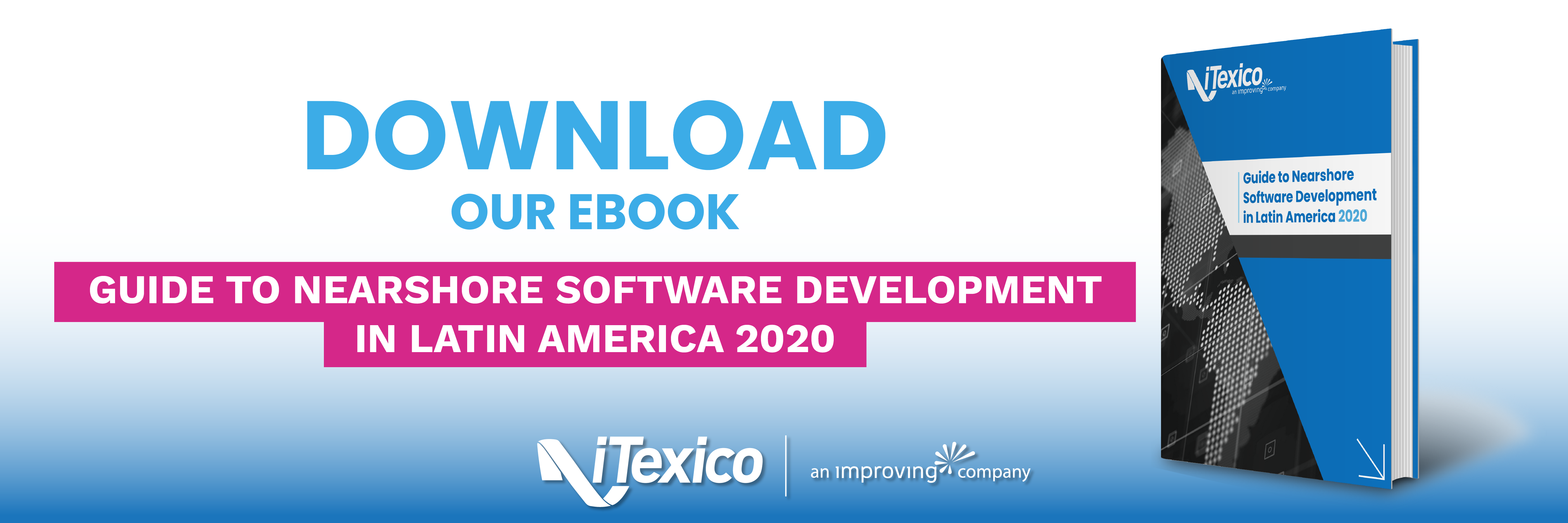Austin, TX, 2018/08/06
What Is an RFP?
Most B2B companies will engage in the RFP process while doing business. An RFP stands for “request for proposal” and is generated as part of the bidding procedure for a product or service. The purpose of an RFP is to provide a structured way for companies to learn about doing business with software development teams.
While an RFP can refer to one document, the term is also used to describe several pieces of information, including an RFI, or “request for information,” and an RFQ, or “request for quotation.” When a company needs an RFI, they are looking for preliminary data about a software development service before moving on to an RFP.
An RFQ provides more granular detail than an RFP. It includes specific information, such as the type of display or code requirements necessary for completing a project successfully. The response back to the RFQ often tells the company about their intentions for project implementation and what the cost will be.
The RFP Process
Not every business exchanges all three documents with potential candidates. Some companies may only utilize an RFI and RFP, while others also desire an RFQ. The first inquiry, the RFI, asks for more information about potential candidates. Details may include their company history, development capabilities, and the types of projects and clients they handle. This information is used to qualify potential candidates.
Once the initial qualification process is complete, the business will move on to the RFP format. The RFP is issued to the most qualified experts and explains more information about the company and its goals. The document also includes questions for the candidates, including their prior experience with similar projects, their typical company processes, and any other items that are pertinent to the task at hand.
Some companies who are fully aware of their needs will also ask for an RFQ. In many cases, this paper includes a table listing each specific project requirement and asking the vendor if they can meet the need. Details may include particular type of code or configuration that is necessary.
Tips for Writing an RFP for Software Projects
If you are a business that needs to know how to write an RFP for a software project, there are a few ways you can ensure you obtain the right candidate information, submit the proper documents, and choose the ideal supplier. These are:
- Meet with All Partners Involved in the Project
Request the input of each person who has a stake in product delivery, which may include the head of business development, marketing, or sales. Their point of view and expertise is critical before the most vital details are added to the RFP. On the reverse side, vet skilled candidates by asking for references and performing site visits. Spending time on these activities will provide you with an intimate look into a company’s capabilities.
- Define Evaluation Criteria in Advance
An unclear document may confuse candidates, disqualifying them unnecessarily. For this reason, the RFP should let them know how their responses receive an evaluation. If they must have experience with a specific operating system, hardware, or software, tell them before they submit their information back to you. This technique ensures both sides are fully aware of expectations.
- Provide Detailed Project Parameters
Some companies have experience in requesting information and quotes for software projects, while others are new to the process. Double check your parameters with each project stakeholder to ensure you don’t leave out critical information. This approach assures the team you hire will deliver the product you desire, on time and budget.
- Create a Clear List of Requirements
The RFP (and RFQ) should include a requirement spreadsheet. This table helps candidates check-off whether they can meet your needs. Use a reverse engineering approach to create the RFP template. If you think you may have gaps, research related vendors to see what type of capabilities they offer. Deconstruct your idea of a finished, successful product, working backward to reveal each skill, process, and function necessary to complete the job successfully.
- Distinguish Between Top Requirements vs. Wishlist Items
Treat your RFP like a job opening. Display the difference between the team and product requirements that are necessary for completion, versus the skills and details that are desired by your company. This approach keeps skilled candidates from being disqualified and also helps you easily distinguish who can deliver your wants and needs.
- Include Obligatory Questions
Every project is different. While there are fundamental ways to structure your RFP, only you know which questions should be included to qualify a software development team appropriately. Consider whether you need to ask about a candidate company’s past projects, as well as their background information, including the amount of time they’ve been in business, their management style, and what specific industries and verticals they are familiar with.
Whether you want an engaging and competitive mobile app, vibrant, bezel-less design, or product equipped with AI, start by researching development experts in your intended space. Next, work with your team to create a specific and detailed RFP, including an RFI and RFQ as necessary.
Once you complete the process, you’ll be confident you hired the right software specialists who will complete your project expertly and efficiently. If you are looking for a multidisciplinary team of software innovators who are experienced in several critical competency centers, iTexico can help. Learn more about our services and how we work by visiting our website.



Post Your Comment Here